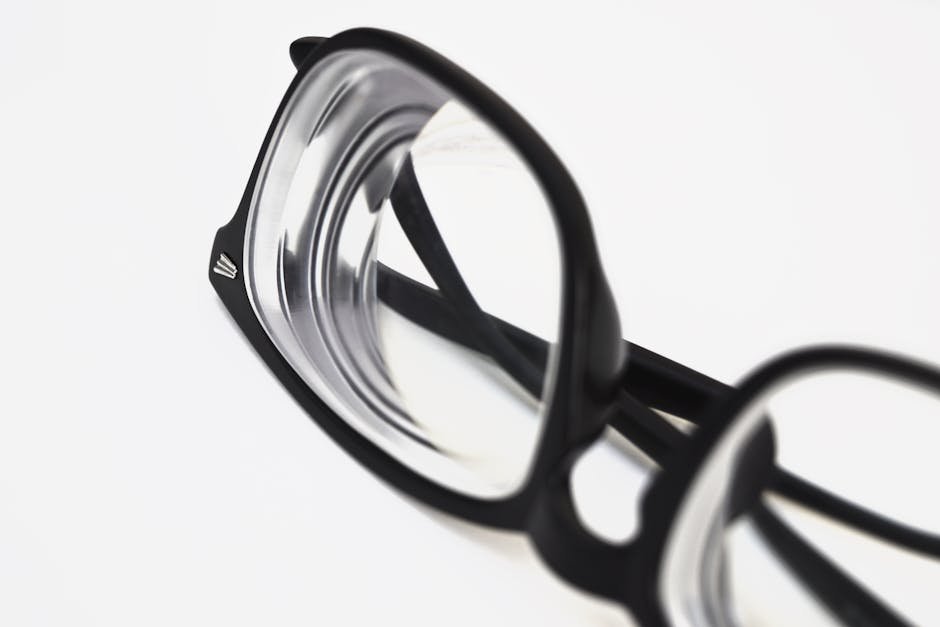5 Vision Solutions Every Parent Should Know for Myopia Management
Understanding Myopia in Children
Myopia in children means nearsightedness. Children with myopia can see nearby objects clearly but struggle to see things far away. It's important for parents to know that myopia is becoming more common in kids. Here are a few key points to help you understand myopia in children:
Myopia usually develops in school-aged children.
Genetics play a significant role in the development of myopia.
Spending too much time on screens or doing close-up work can increase the risk of myopia.
Regular eye check-ups for children are crucial to detect myopia early.
Proper management of myopia in children can help prevent vision problems in the future.
Importance of Early Detection
Early detection of myopia is crucial for successful management. Identifying myopia in children at a young age allows for timely intervention to slow down its progression. Regular eye screenings for children can help catch myopia early on, enabling parents to explore appropriate vision solutions to manage and correct their child's vision effectively. By addressing myopia early, parents can potentially prevent vision complications and ensure their child's visual health and well-being in the long run.
Lifestyle Modifications for Myopia Management
If your child has myopia, making some simple lifestyle changes can help manage their condition. Here are a few lifestyle modifications you can consider:
Encourage outdoor activities: Spending time outdoors has been linked to lower rates of myopia progression in children.
Limit screen time: Excessive screen time, especially on handheld devices, can contribute to the progression of myopia. Encourage breaks and limit screen time when possible.
Proper lighting: Ensure that your child has adequate lighting while reading or using digital devices to reduce eye strain.
Healthy diet: A balanced diet rich in vitamins and minerals, especially those beneficial for eye health like vitamin A, C, and E, can support overall eye health.
Regular eye check-ups: Schedule regular visits to an eye care professional to monitor your child's myopia progression and to adjust their treatment plan if needed.
Vision Solutions for Myopia in Kids
Parents need to know that myopia in kids can be managed effectively with various vision solutions. For options that slow down nearsightedness from getting worse and correct vision, here's what you need to be aware of:
Orthokeratology (Ortho-K): A non-surgical procedure using specially designed contact lenses to reshape the cornea overnight. This can reduce the progression of myopia in children.
Soft Multifocal Contact Lenses: Similar to multifocal eyeglasses, these contact lenses are known to slow down myopia progression in children.
By understanding these vision solutions, parents can take proactive steps in managing their children's myopia effectively.
Orthokeratology as a Non-Invasive Treatment
Orthokeratology is a non-invasive treatment option for managing myopia in children. It involves wearing special contact lenses at night to reshape the cornea while sleeping. This treatment can slow down the progression of myopia and potentially reduce the need for glasses or contact lenses during the day. Orthokeratology is safe and effective when supervised by an eye care professional. It is a popular choice for parents looking for a non-surgical approach to myopia management in their children.
Myopia Control Contact Lenses
Contact lenses for myopia control are a popular choice for managing nearsightedness in children. These special lenses work by reshaping the cornea, which helps slow down the progression of myopia. Here are some key points to know about myopia control contact lenses:
They are designed to be worn during the day and removed at night.
They are available in soft and rigid gas permeable materials.
Some contact lenses can be worn daily, while others are designed for extended wear.
Consult with an eye care professional to determine if your child is a suitable candidate for myopia control contact lenses.
Monitoring Myopia Progression
Regular monitoring of your child's eyesight is crucial to track the progression of myopia. Annual eye exams are recommended to assess any changes in their vision. During these visits, the eye care professional will measure the degree of nearsightedness and the changes in prescription if any. The earlier myopia is detected and managed, the better the outcomes in the long run.
Conclusion: Empowering Parents in Myopia Management
Parents play a crucial role in managing their children's myopia effectively. Empowering parents with knowledge about different vision solutions can help them make informed decisions for their child's eye health. By understanding the options available and their benefits, parents can work with eye care professionals to determine the best course of action for their child's myopia management. It is essential for parents to be actively involved in the process to ensure successful outcomes and long-term eye health for their children.

